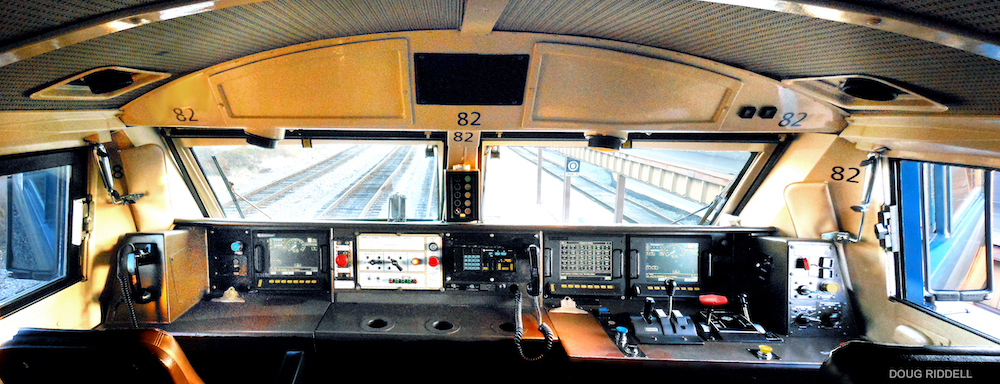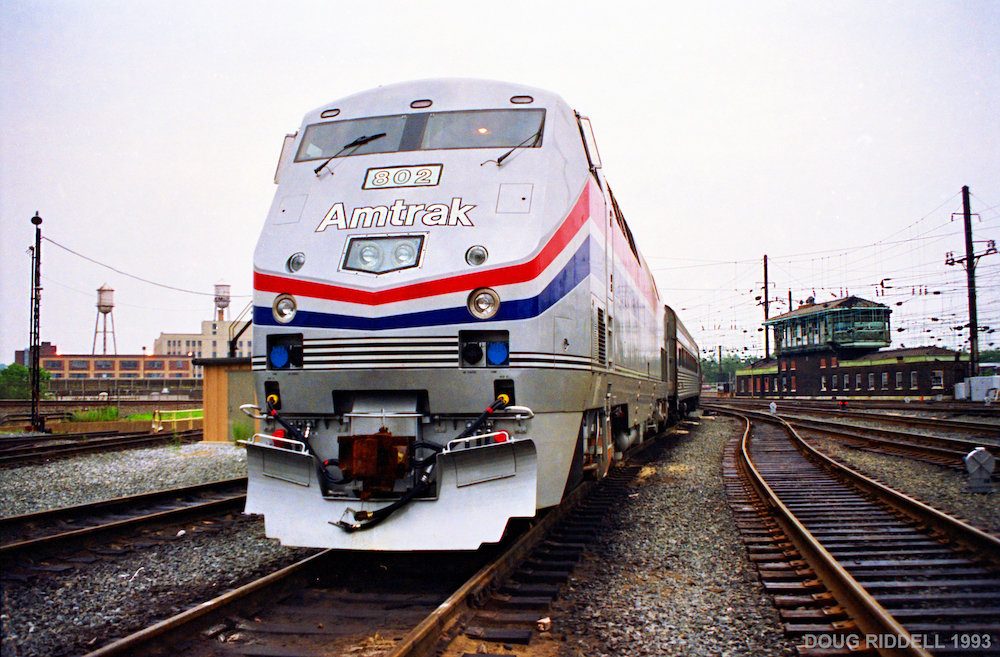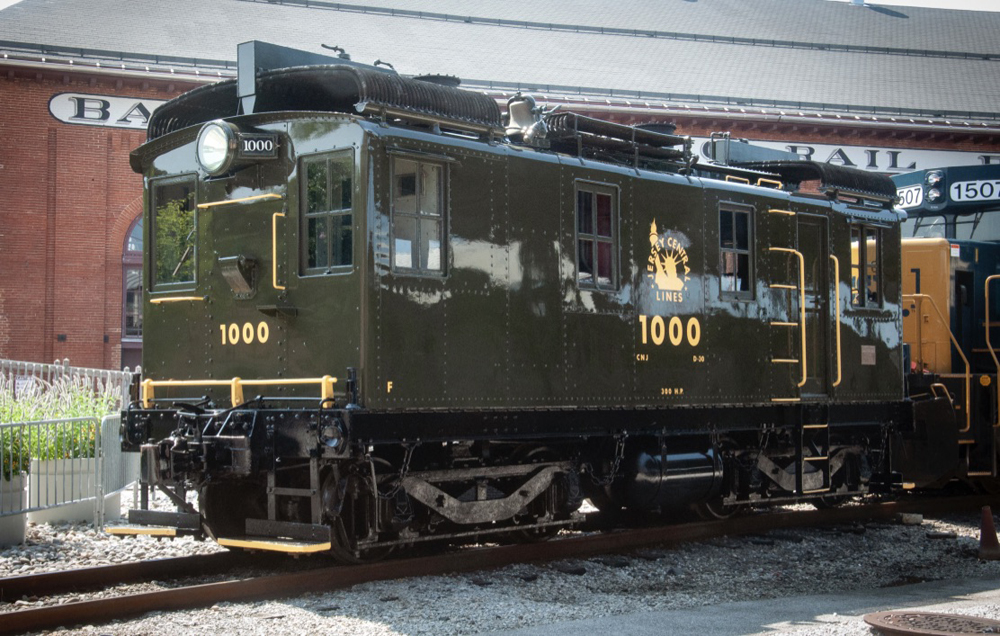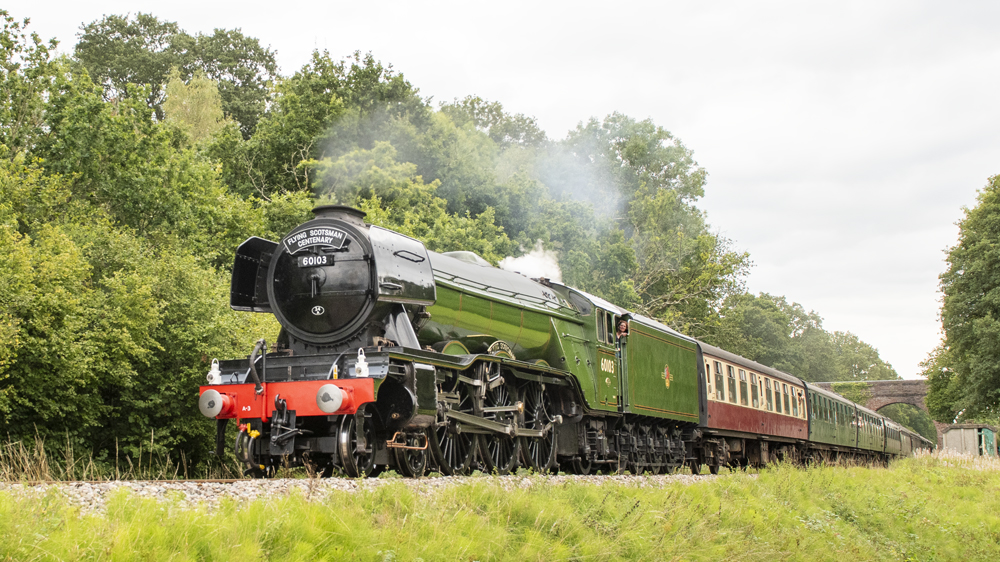Locomotive controls

Locomotive controls remained fairly standardized since diesels first invaded the roundhouses of America’s railroads in the 1930s. There’s a throttle, a reverser (to determine direction), a handle to control the locomotive’s independent brake, and an automatic brake handle to slow or stop the movement using the air brakes of the entire train.
Since the adoption of the universal AAR (Association of American Railroads) control stand in the 1960s, there have been few changes in the layout of the engineer’s control station. A few of the Amtrak EMD E9s I ran were even retrofitted with them. (Operating vintage yard engines and road switchers was something entirely different, however.)
The EMD F40, the locomotive that likely saved Amtrak, seemed like cross between a sewing machine and a sports car. Its components were solid state instead of digital and a knowledgeable engineer could sometimes coax an ailing F40 to the next terminal using a flag stick, a matchbook cover, some string, and a great deal of luck.
That era of relative simplicity ended with the coming of General Electric’s Genesis locomotives — the P40 and later the P42. I received the first P40 as a trailing unit on the eastbound Capitol Limited, at Pittsburgh one morning. It had that new-car smell, as well as a desktop control console, green computer screens, and some funny-looking handles. Behind the folding doors that formed the rear cab wall were three big computers. Once aboard our lead engine, I told my fireman, “I think we’re coupled to the starship Enterprise.” Chicago had set the P40 up to provide our train’s 480-volt head-end power (HEP). I simply prayed that the P40 would mind its own business, so that I could do mine.
The trip was uneventful until we pulled by F Tower and started backing into Washington Union Station. We were rolling south into upper-level track no. 8 and had almost stopped at the bumping post when the train’s emergency brakes applied. K Tower, which controlled all movements, notified everyone and protected us while I investigated. It turned out the P40’s automatic brake hose to the F40 was too short to negotiate the labyrinth of tight turnouts and had come loose.
“Be sure to isolate the HEP so no one gets hurt,” the control center instructed me.
“How?” I asked. “I’m not qualified on these things.”
“We don’t know either. Never seen one,” was the answer.
“What do I do, keep pushing knobs until I hit the right one?”
“I guess so,” the control center replied.
“How many guesses do I get, and what do I win?”
“You get to keep your job,” was the response.
Someone was able to help us, finally, and we re-coupled the brake hose, shoved to a safe stop, and detrained our passengers. The trip ended and I kept my job, thankfully. Just another day on the railroad.

Like this? Read “From the Cab: Freight locomotives on passenger trains.”














Much too short, only looking at one loco. This should be expanded into a full blown analysis and description of locos today – GEs Dash 9 and Evolution series, the EMD/Progress SD70/90 locos and all the conversions and rebuilds of older locos from road units to shortline switchers.
Seems for the most part I have gotten comfy with new locomotives pretty quick….but there’s always a gotcha!